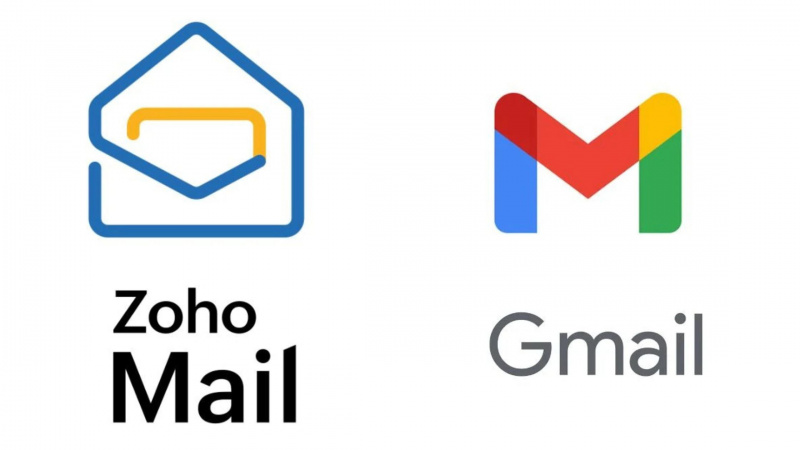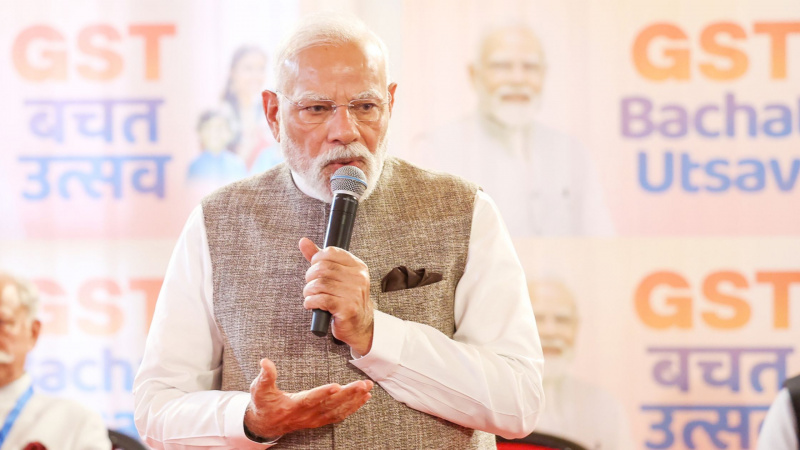Uber in a deal with NASA to build a flying taxi air control software
Chief Product Officer Jeff Holden said Uber would begin testing proposed four passenger flying taxi services across Los Angeles in 2020. It is their second plan
- by Vandita Jadeja 2018-01-02 08:31:33
Uber is taking part in the joint industry and government push with NASA in order to develop software which the company aims to use to manage the flying taxi routes which could work like Uber services popular on the ground. Uber mentioned that it was the first formal services contract by the US NASA covering the low altitude airspace instead of outer space. NASA has previously used such contracts to develop rocket since 1950s.
Chief Product Officer Jeff Holden said Uber would begin testing proposed four passenger flying taxi services across Los Angeles in 2020. It is their second planned test market after Dallas and the taxi services are proposed to work at 200 miles per hour. Uber has faced legal and regulatory battles across the world since it launched the taxi hailing services earlier in the decade. This includes the London battle where it is appealing against the decision to strip its license due to concerns with the safety. Uber will be working to win approval from aviation regulators ahead of introducing its services.
In an interview, Holden mentioned that Uber has grown a lot as a company and as a global company; they want to do things differently. NASA said it had signed an agreement with Uber in January that enables the company to join a variety of industry partners who are working with NASA in order to develop a range of driverless air traffic management systems. This deal allows Uber to be involved during phase 4 of this work which will begin in March 2019.
Phase 1, which was completed in 2015 involved field tests and ongoing testing at a U.S. Federal Aviation Administration sites for drones which are used in pipeline monitoring, agriculture and firefighting. Phase 2 completed in 2016 considered long distance uses in sparsely populated regions while Phase 3 in 2018 will test the services over a moderately populated area. Phase 4 will be testing in high density urban areas in 2019.
Uber is looking to speed the development of the electric, on demand urban air taxis which customers can order through a smartphone in ways that are similar to the ground based taxi alternatives. It has expanded to more than 600 cities since 2011.Uber also plans to introduce paid, intra city flying taxi services from 2023 and it is working with aviation regulators to win approvals in United States and Europe.
Earlier in the year, Uber hired NASA veterans Tom Prevot and Mark Moore to run its aircraft vehicle design team and the air traffic management software program. The agreement with NASA aims to solve issues which are involved in operating hundreds of driverless aircrafts over urban areas and to allow them to co-exist with the existing air traffic control systems in and around busy airports. Uber is currently building software to manage the networks in the sky of flying taxis and working with manufacturers including Aurora Flight Sciences. It envisions a fleet of electric jet powered vehicles capable of vertical takeoff and landing and rapid horizontal flight. It has also signed up Pipistrel Aircraft, Mooney, Bell Helicopter and Embraer to develop the takeoff and landing aircraft for the service.

POPULAR POSTS
The Agentic Revolution: Why Salesforce Is Betting Its Future on AI Agents
by Shan, 2025-11-05 10:29:23
OpenAI Offers ChatGPT Go Free in India: What’s Behind This Big AI Giveaway?
by Shan, 2025-10-28 12:19:11
Zoho Products: Complete List, Launch Years, and What Each One Does
by Shan, 2025-10-13 12:11:43
Arattai vs WhatsApp: Which Messaging App Should You Choose in 2025?
by Shan, 2025-10-10 11:55:06
Top Buy Now Pay Later (BNPL) Apps for Easy Shopping in 2025
by Shan, 2025-09-22 10:56:23
iPhone 17 Sale in India Begins: Full Price List, Launch Offers and Store Availability
by Shan, 2025-09-19 12:00:45
Apple September 2025 Event Recap: iPhone 17, iPhone Air, Apple Watch Series 11, and India Pricing Revealed
by Shan, 2025-09-10 09:55:45
RECENTLY PUBLISHED

Loan EMIs to Drop as RBI Slashes Repo Rate - Full MPC December 2025 Highlights
- by Shan, 2025-12-05 11:49:44

Pine Labs IPO 2025: Listing Date, Grey Market Premium, and Expert Outlook
- by Shan, 2025-11-05 09:57:07

Top 10 Insurance Companies in India 2026: Life, Health, and General Insurance Leaders Explained
- by Shan, 2025-10-30 10:06:42

Best Silver Investment Platforms for 2025: From CFDs to Digital Vaults Explained
- by Shan, 2025-10-23 12:22:46

Zoho Mail vs Gmail (2025): Which Email Platform Is Best for Businesses, Startups, and Students?
- by Shan, 2025-10-09 12:17:26

PM Modi Launches GST Bachat Utsav: Lower Taxes, More Savings for Every Indian Household
- by Shan, 2025-09-24 12:20:59




 Subscribe now
Subscribe now 